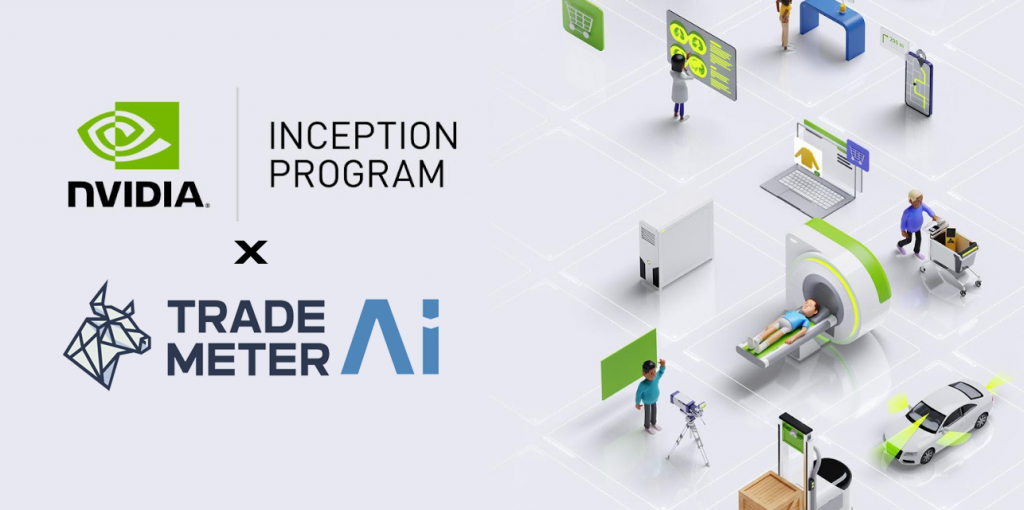20 Free Facts For Picking AI Stock Trading Sites
20 Free Facts For Picking AI Stock Trading Sites
Blog Article
Top 10 Tips For Evaluating The Market Coverage Offered By Ai Trading Platforms That Predict/Analyze Shares.
Market coverage is an important element to take into consideration when evaluating AI trading platforms for stock prediction or analysis in that it defines the range and depth of markets and assets which you have access to. Market coverage is crucial as it lets you diversify, discover global markets and to adapt to different strategies for trading. These are the top 10 suggestions to assess the market coverage of these platforms:
1. Evaluate Supported Asset Classes
Stocks: Ensure your platform supports major stock exchanges, including NYSE, NASDAQ LSE and HKEX and includes small, mid and large caps.
ETFs - See the platform you use supports the wide range of ETFs which offer exposure in many various sectors, regions, or themes.
Options and Futures: Find out if the platform supports derivatives, such as options or futures, as well as other products that leverage.
The commodities and forex. Check if the platform provides forex pairs with base and precious metals, energy products, and agricultural products.
Cryptocurrencies: Verify if the platform works with major cryptocurrencies like Bitcoin and Ethereum, and alternative coins.
2. Check the Geographic Coverage
Global markets - Ensure that the platform has the capacity to cover all major markets across the globe, including North America (including copyright), Europe, Asia-Pacific markets as well as emerging ones.
Regional focus: Check whether the platform is specialized in specific markets or regions that align with your business interests.
Local exchanges. Find out whether the platform permits regional or local exchanges that are relevant to your geographical location or your business's strategy.
3. Assessment Real-time as opposed to. Delayed Data
Real-time information is vital for quick decision making especially in trading that is active.
Data that has been delayed: Check if delayed data are available at no cost or discounted prices this could be enough for investors who have a long-term perspective.
Data latency - Verify that the platform minimizes the latency of real-time feeds. This is especially important for traders with high frequency.
4. Review historical data availability
The depth of the historical data If the platform is available, ensure that it has vast historical data (e.g. 10, more than 10 years) to backtest and analyze.
Check for any granularity. Historical data could include daily, intraday and weekly granularity.
Corporate actions - Check previous data to confirm that it covers stock splits, dividends as well as other corporate activities.
5. Verify the market depth and order book information
Level 2 data: Make sure that the platform contains Level 2 information for price discovery and better execution.
Find out if there is a real-time bidding system and spreads of asking. This will ensure that pricing is accurate.
Volume data: Check if the platform includes specific volume data to analyze market activity and liquidity.
6. Review the coverage to determine Indices and Sectors
Major indices: Ensure that the platform includes major indices for benchmarking, index-based strategies, as well as other uses (e.g. S&P 500, NASDAQ 100, FTSE 100).
Sector-specific data: Determine if your platform contains data that is specific to certain sectors (e.g. healthcare, technology and energy) to allow specific analyses.
Custom indices: Verify if the platform allows creating or tracking custom indices based on your preferences.
7. Evaluate integration with News and Sentiment
News feeds : Make sure you have a platform that allows live news feeds, particularly from reliable media outlets (e.g. Bloomberg and Reuters), for the most important market news events.
Utilize the sentiment analysis tool on the platform using data from social media, news or other sources.
Trades driven by events: Confirm the platform's support of trading based on events (e.g. announcements on economic data or earnings announcements).
8. Look for Multimarket Trading capabilities.
Trading in cross-markets: The system should allow trading in different asset classes or markets using a single user interface.
Currency conversion: Check if your platform supports multi-currency trading and automated currency conversion.
Support for time zones: Verify if your platform allows you to trade across multiple time zones.
9. Review the coverage of other sources
Alternative data - Examine to see if there are alternative data sources integrated into the platform (e.g. web traffic, satellite imagery or credit card transactions). This will provide you unique insights.
ESG data. Verify whether the platform has socio-economic, environmental, and governance information for socially responsible investing.
Macroeconomic Data: Check whether the platform contains macroeconomic indicators like inflation, GDP and interest rates.
Review user feedback and market reputation
User reviews: Examine user reviews to evaluate the platform's market coverage Usability, reliability, and coverage.
Industry reputation: Check whether the platform has been praised as a market leader by experts in the industry or by awards.
Case studies and testimonials These will demonstrate the platform's performance in certain market segments or asset classes.
Bonus Tips
Trial period - You can use the free demo or trial to test the data coverage and market coverage.
API access - Verify whether the API is able to access information on the market in a programmatic manner.
Support for customers: Ensure whether the platform has support for queries related to markets or data.
By following these tips to evaluate the market coverage offered by AI trading platforms that predict or analyze stocks, ensuring you choose one that has access to the markets and information that you require for successful trading. A comprehensive market coverage allows you to diversify your portfolio and discover the possibilities of your portfolio. It also allows you to adjust to changes in the market. Have a look at the most popular our site for site tips including ai stock trading bot free, trader ai intal, ai chart analysis, best stocks to buy now, best ai stock, free ai investing app, best stocks to invest in, chart analysis ai, ai bots for trading, ai stocks and more.
Top 10 Tips For Evaluating The Scalability Ai Trading Platforms
Assessing the scalability of AI-driven stock prediction and trading platforms is vital to ensure they can handle increasing data volumes, user demands as well as market complexity. Here are 10 top suggestions for evaluating the scalability.
1. Evaluate Data Handling Capacity
Tips: Make sure that the platform is able to process and analyse huge databases.
Why: Scalable platform must be capable of handling the ever-growing volumes of data with no degradation in performance.
2. Test the capabilities of Real-Time Processing
Check out the platform to determine how it handles data streams in real time like breaking news or stock price updates.
Why: Delays in trading decisions can result in missed opportunities.
3. Cloud Infrastructure and Elasticity
Tip: Find out whether the platform is able to dynamically scale resources and utilizes cloud infrastructure (e.g. AWS Cloud, Google Cloud, Azure).
Why? Cloud platforms allow for elasticity. The system is able to scale up or down depending on the demands.
4. Algorithm Efficiency
Tips: Find out the effectiveness of AI models that are utilized to make predictions (e.g. Deep Learning or Reinforcement learning).
Reason: Complex algorithmic structures can be resource-intensive. Making them more efficient is the most effective way to scale.
5. Find out more about Parallel Processing and Distributed Computer Systems
Make sure that your platform supports the concept of distributed computing or parallel processing (e.g. Apache Spark, Hadoop).
The reason is that these technologies speed up data processing across many nodes.
Examine API Integration and Interoperability
TIP : Make sure your platform integrates with other APIs, like brokers and market data providers. APIs.
Why: Seamless platform integration ensures it can adapt to any new data sources or trading environments.
7. Analyze User Load Handling
Make use of a high-traffic simulation in order to see how the platform reacts under pressure.
The reason is that a platform that is scalable must be able to keep up with performance as the number users increases.
8. Analyze the model retraining and adjustability
Tips: Check how often and efficiently AI models are retrained with new data.
Why: Models must constantly adjust to changing markets to stay accurate.
9. Examine fault tolerance and redundancy
TIP: Ensure your platform has failover mechanisms to handle software or hardware malfunctions.
Why? Downtime in trading can be expensive, and the ability to tolerate faults is essential to allow for the scalability.
10. Monitor Cost Efficiency
TIP: Take into consideration the cost of scaling your platform. Take into account cloud resources, such as storage for data as well as computing power.
Why is it important to maintain a healthy equilibrium between the performance costs and expenses.
Bonus Tip Future Proofing
Make sure the platform is built to take advantage of new technologies (e.g. quantum computing, quantum computing and advanced NLP) and to adapt to changes in the regulatory environment.
If you concentrate your attention on these factors it is possible to accurately evaluate the capacity of AI prediction and trading platforms. This guarantees that they are robust and efficient and well-equipped for future growth. Read the most popular best ai stocks to buy now blog for website tips including using ai to trade stocks, best ai trading platform, best ai stocks to buy, ai trader, best ai for stock trading, best ai for trading, best ai stocks to buy, stock analysis websites, ai for stock trading, ai day trading and more.